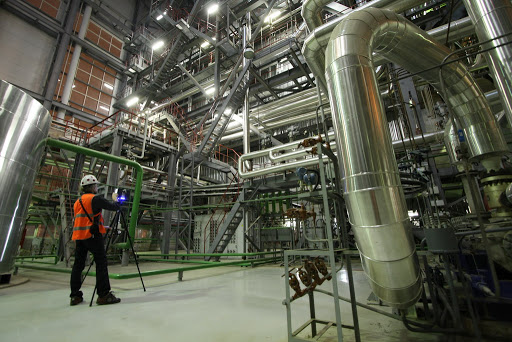
Using 3D Laser Scanning for Power Plants
At Hive Virtual Plant, we are always looking to familiarize the public with 3D laser scanning technology and services. 3D laser scanning can be used for a whole list of applications. Hive Virtual Plant takes pride in providing clients with state-of-the-art 3D laser scanning technology for their projects. In this article, we share some information about using 3D laser scanning for power plants.
Click here to learn more about our services at Hive Virtual Plant.
3D laser scanning can help engineering teams within the power plant
3D scanning has the ability to accurately capture everything that is seen in any particular location, including structural steel, ducting, down to small elements like lights and handrails. It provides engineers a “digital twin” to refer to. Within this digital plant, engineers can look around, take measurements, and even create 3D models and 2D drawings that can be used to support specific projects. The CAD drawings and models created from 3D scans will put engineers’ minds at ease knowing that they are working with current and accurate information to design with confidence.
What is the 3D laser scanning process for power plants?
3D laser scanning works by capturing a 360-degree sweep of all nearby equipment in a single scan. By merging multiple scans, sections of the plant may be captured in a single day. Highly congested areas can be scanned in this manner. 3D scanners are capable of taking measurements accurate to 1/4” from a distance of 100 meters or more, resulting in accurate as-built data. The ability to capture measurements from a distance can increase safety and reduce scaffolding expenses.
Power plants are just one of the locations where invested 3D laser scanning technology can be utilized. If you are looking for more information about how to invest in 3D laser scanning for power plant applications, then we encourage you to get in touch with our Hive Virtual Plant representatives today.
Click here to find our contact information or speak with a Hive representative.
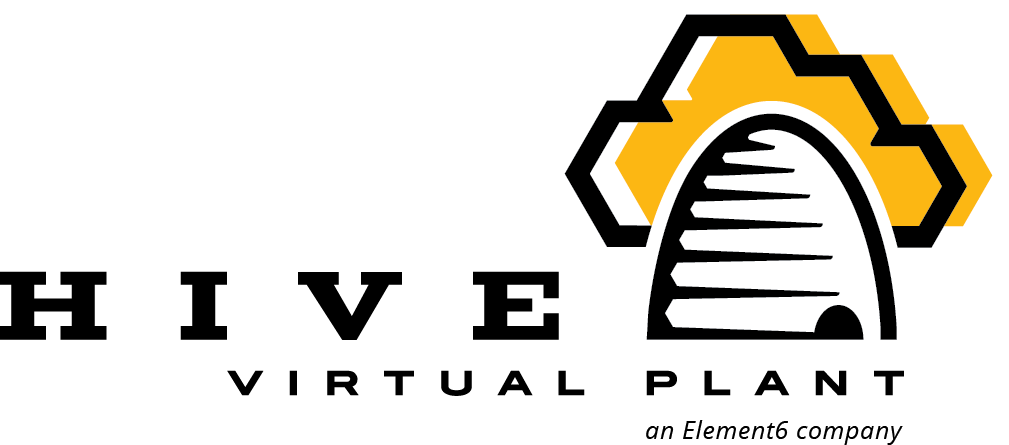
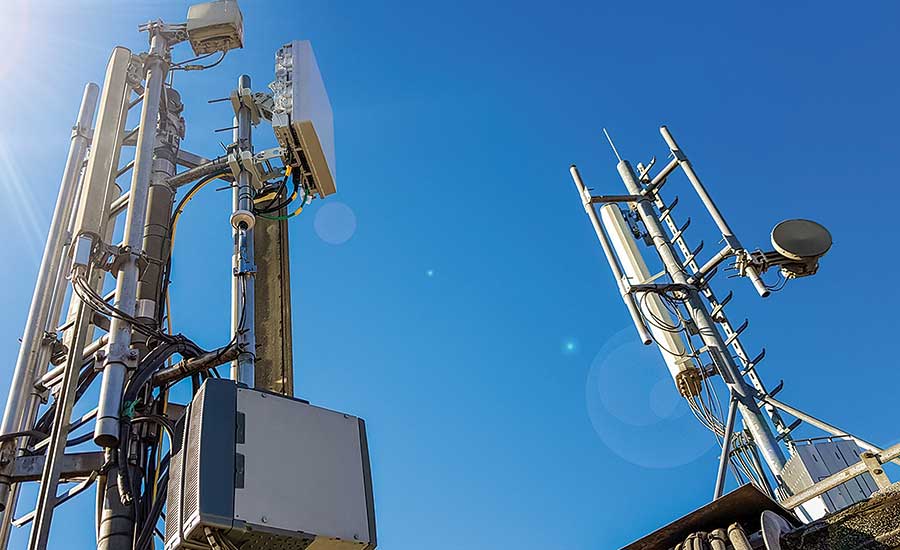

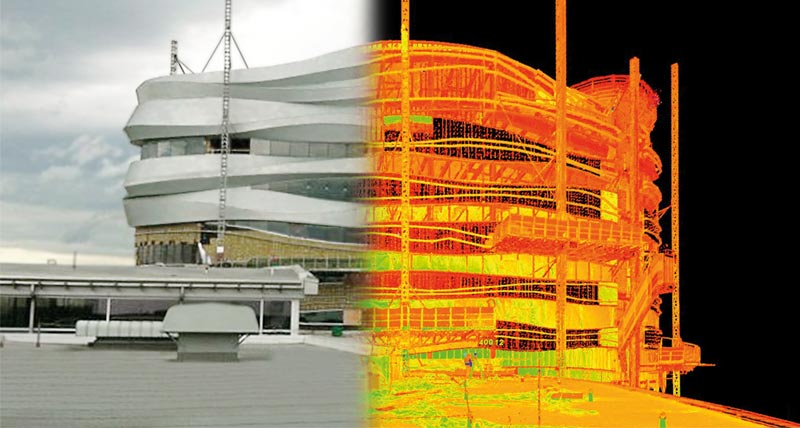
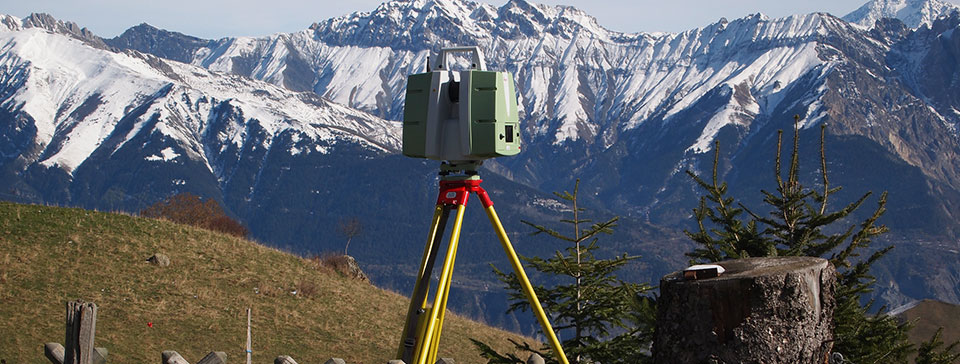

About The Author: Rob Jickling
More posts by Rob Jickling